Performance
We tested Stalker on a number of different graphics cards, varying the memory configuration and processor to reflect some real-world rig combinations. We also did some framerate testing to see how each card could stack up in the real world.To test, we took a couple of screenshots from different parts of the game at High, Medium and Low Detail to illustrate the difference in experience. It's worth emphasising that the game is actually quite playable even on Low Detail - it doesn't look like complete rubbish, unlike other titles we've seen recently. We suspect this is due to the age of the code-base!
In each of the screenshots, it's worth clicking on the image to get the big version - you can really tell the difference that way.
High performance
We found that an average framerate of 35 was a great gaming experience, especially in our gunfight playthrough. With all the details turned up to Max, the game looks pretty stunning, especially in some of the vast industrial areas. Trees in the countryside look awesome, and the textures really stand up to close scrutiny. The lighting effects are also incredible - muzzle flashes reflecting off objects just look insane.We found that a 7900 GTX card could quite happily run the game at 1680x1050 with everything cranked up to Max, and AA set at 4x, and ditto the X1950 XTX. In fact, if you're prepared to drop the AA down to 2x, you can game at 1920x1200 with a 7900 / X1950 and still get minimum framerates in the mid-teens, with an average in the mid-thirties. This is a good result, and it means that anyone with an 8800 GTX or GTS can run this at 2560x1600 with maximum details and and not worry at all about frame rate. This is a big difference from the code we saw back in our Stalker preview last month, where an 8800 GTX was required just to run at 1280x1024!
For this kind of configuration, we recommend 2GB of RAM and a fast processor, just because it's a shame to have the awesome graphics and solid framerate let down by hard disk swap outs. A 7800 GTX card will play at these resolutions with some tweaks to maintain the framerate, as will most X1800s.
Medium performance
If you're playing on something a little more modest, don't despair. We're well aware that the most popular gaming resolution is 1280x1024, thanks to the massive numbers of 17" and 19" TFTs out there. This is a great resolution for Stalker, since it requires relatively modest hardware to get some decent detail levels.For this, we left on HDR lighting, dropped back the Texture and Object Detail to about half-way, and also reduced the Shadow Quality and Vision Distance a little. We also turned off AA and pulled Anisotropic back to 8x. This compromised the image quality a little, but still left a great image on our 19" flat panel.
At this kind of detail level, to maintain a 30-odd average framerate you are looking at a 6800 GT and X800 class card with 256MB of memory (we found that a 7600 GT was just a little too slow to play with Medium details, and required that we turned off HDR - this is interesting, because a 7600 GT is typically faster than anything in the 6800-series). Obviously, with an ATI card in this range you're not getting the SM3.0 HDR, so your framerate will improve to the point where you can crank up the detail a little bit more. We played with a 6800 GS, 1GB of RAM and an E6600 processor and found the game perfectly playable, with the odd section causing a stutter but 90% of our play-through absolutely rock solid in terms of a 30+ framerate.
Low performance
Even those with relatively low-priced cards can get in on the Stalker fun. OK, so it's not going to look spectacular, but it's still a fun game that doesn't punish you too hard for not having a bleeding edge machine.With a 512MB machine, our 6600 GT was able to play at 1024x768 with low details and manage pretty well. Textures don't look awful at Low Detail, but the Vision Distance can get off-putting when you're in an outdoor area and the trees look like blobs until you get right up close to them.
However, given that X1600 and 7600 cards are popular in notebooks, it does mean that Stalker is a viable option for those looking to play something modern and fun on a portable machine. You're going to miss out on some of the gorgeous shadow and lighting effects, but you can get a framerate up into the high twenties with a bit of tweaking. If you can possibly add more memory to your system, do so, because the experience improves a lot, in terms of framerate, if you can get up to 1GB.

MSI MPG Velox 100R Chassis Review
October 14 2021 | 15:04


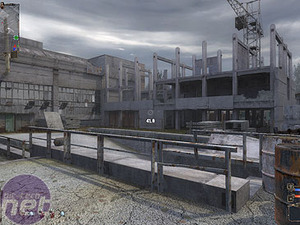
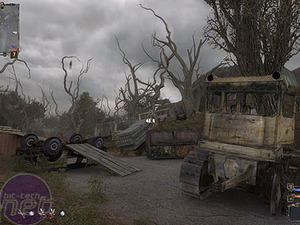
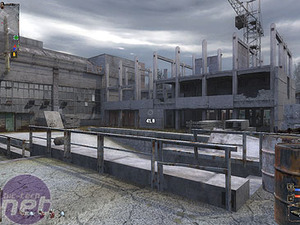

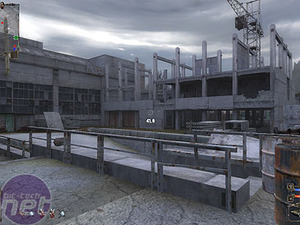
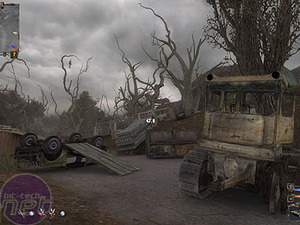








Want to comment? Please log in.